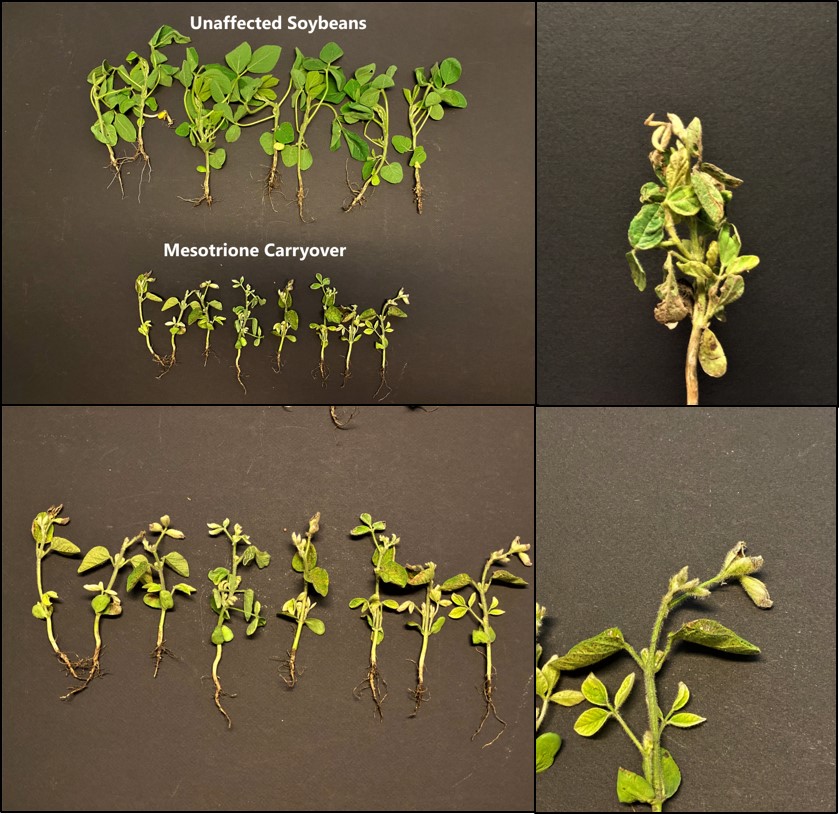
Our newsletter topics for this week will be a general update of some of the issues that have crossed our desk over the last week.

Our newsletter topics for this week will be a general update of some of the issues that have crossed our desk over the last week.
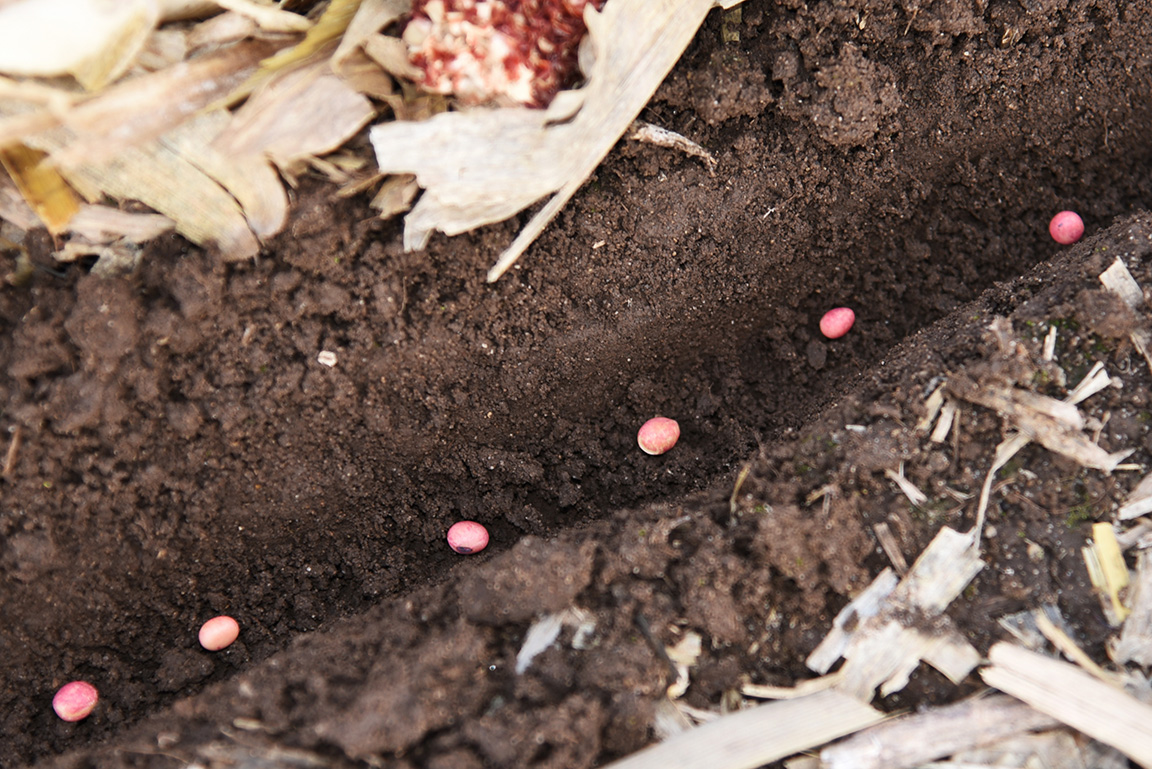
As we close out a difficult 2019 growing season, growers turn their attention to seed orders for 2020.
Ohio, Indiana, and Illinois are heavily infested with weeds resistant to glyphosate (group 9), PPO inhibitors (group 14), and ALS inhibitors (group 2). This has greatly reduced the number of effective postemergence herbicides for controlling these weeds in Roundup Ready 2 (RR2) soybeans.
On October 31st, the EPA approved revised labels for Xtendimax, Engenia, and FeXapan for the 2019 and 2020 growing seasons. The labels will expire in December of 2020.
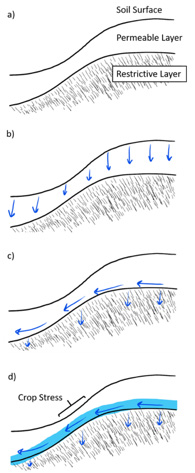
Seeps most often occur where a permeable soil layer is found above a restrictive or less permeable layer.
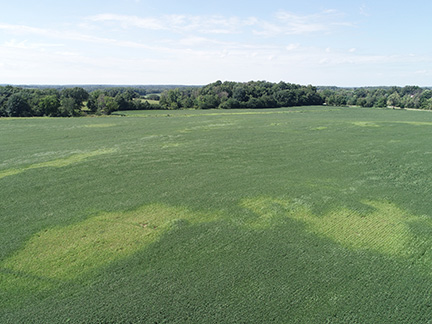
Unfortunately, many soybeans across the state have been coming up short on N over the past several weeks.
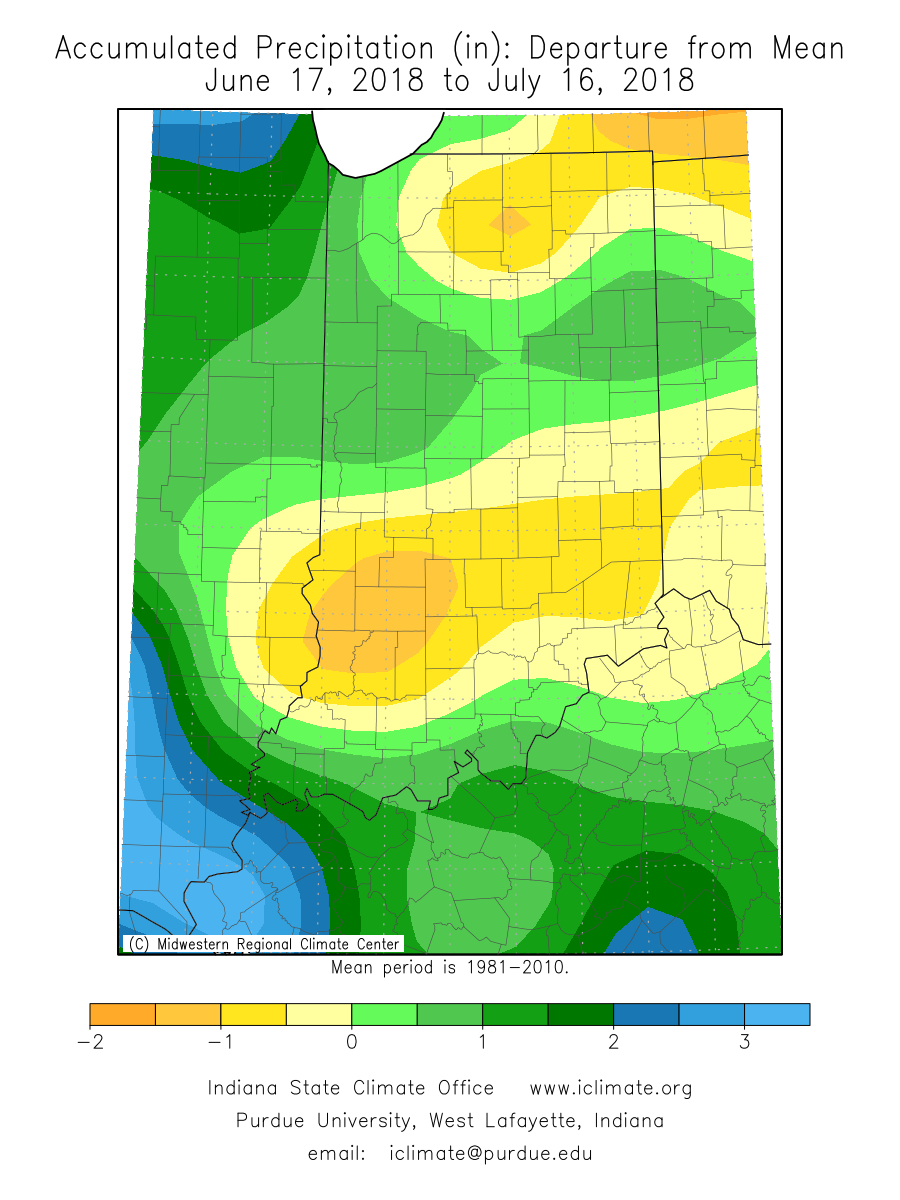
As some areas of Indiana are dry getting drier, there is more concern about the possibility about spider mites being a culprit for yellowing foliage.
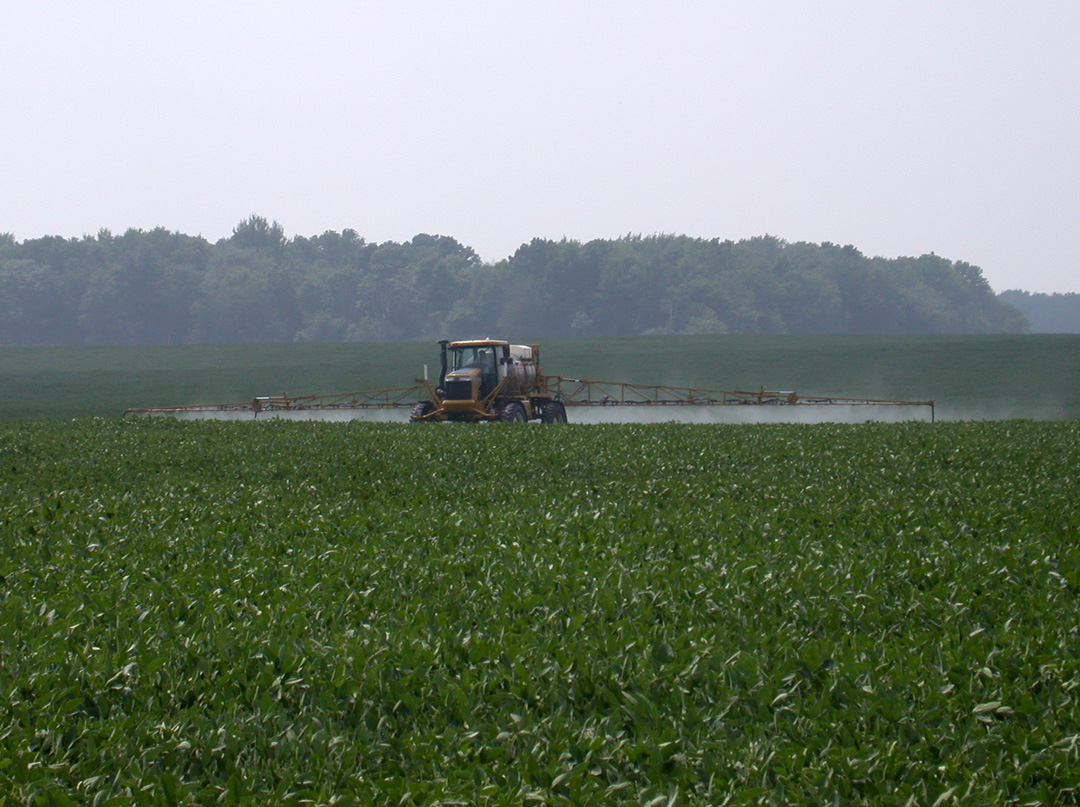
Dicamba has been with us since the 1960s, but has been given a new life thanks to plant scientists who have bred dicamba tolerant soybeans, a herbicide that in the past has been known to knock the leaves right off the plants.
© 2025 Purdue University | An equal access/equal opportunity university | Copyright Complaints | Maintained by Pest&Crop newsletter
If you have trouble accessing this page because of a disability, please contact Pest&Crop newsletter at luck@purdue.edu.